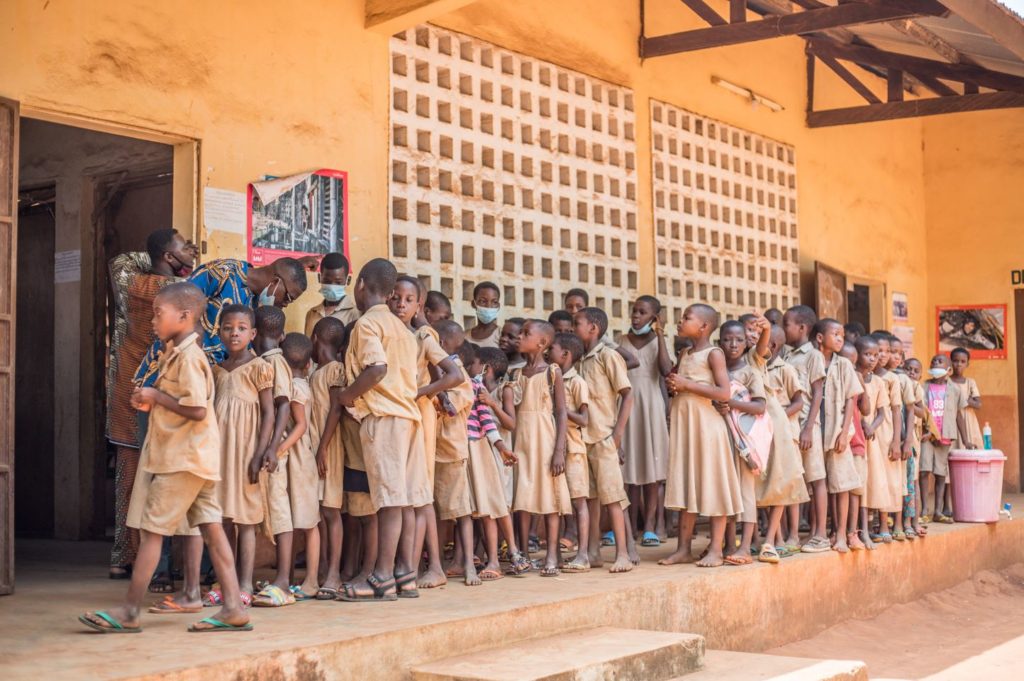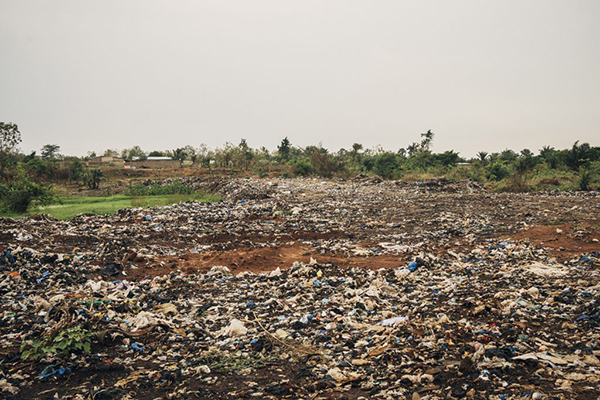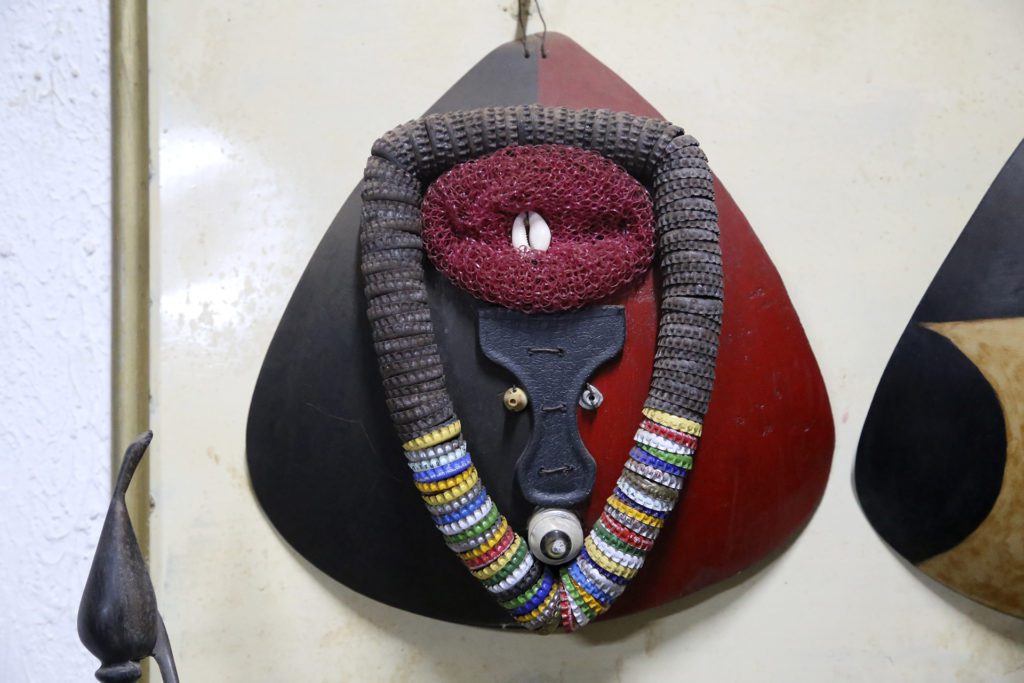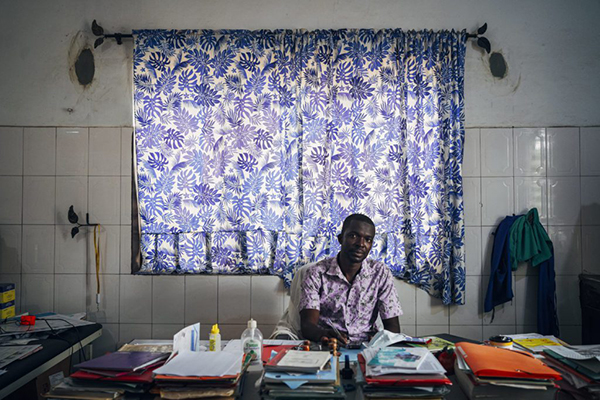We take a look at 10 different conflicts in Africa where the right to health has been violated from the 20th century to today.
*This content is brought to you in partnership with África Mundi.
There are no rules in war. When it comes to conflict, international standards and human rights are constantly violated, including the right to health. In late March, the World Health Organization (WHO) reported that there has been a total of 70 attacks on hospitals over the course of the war in Ukraine. However, direct offensives against health facilities are not the only way in which the right to health is impacted. These situations are exacerbated by increased disease transmission, epidemics, as well as the blocking of humanitarian aid and other repercussions. The various conflicts in Africa are an example of the devastating effects on health.
1. Ethiopia: The humanitarian blockade in Tigray
On 24 March, the Ethiopian government lifted the blockade on humanitarian aid that it had imposed on the Tigray region. The WHO has not been able to enter there since summer 2021 and no food aid had been delivered since December. “Nowhere are they more at risk than in Tigray”, said WHO director Dr Tedros Adhanom Ghebreyesus of Ethiopia ç a week before the end of the blockade. The numbers are staggering.
A total of 5 million people, including 500,000 children, are in need of urgent food aid. Shortages and rising prices have increased malnutrition to 13% of children under five and 60% of pregnant women. Before the war, in November 2020, 15% of the population was food insecure; that percentage is now 80%. The health situation is no better. The supply of medicines has dropped from 80% to 11% and the war has left cancer, tuberculosis and diabetes patients, as well as the 46,000 reported HIV-positive people in Tigray, without treatment.
2. Democratic Republic of Congo: Attacks on workers during the Ebola epidemic
In 2018, the Democratic Republic of Congo reported its tenth Ebola outbreak, the first in a conflict zone, and the deadliest: it killed 2,287 people, 65% of those infected, in less than two years. Armed groups in the North Kivu region and the resulting militarisation of the government’s health response increased insecurity and social resistance. There were ultimately 450 armed events targeting health workers, killing 25 of them. One of them was the Cameroonian WHO doctor Dr Richard Mouzoko, who was killed at the university clinic in Butembo.
3. Somalia: a three-decade-long conflict
Clan feuding since the end of the communist era in 1991 and the rise of the jihadist group Al-Shabaab in 2006 have turned Somalia into a failed state. Lack of data makes it impossible to get a clear picture of the effect on health, but the health system has not been able to develop. Other effects include a low vaccination rate of less than 20% for diseases such as polio, measles and diphtheria, as well as less than 50% treatment for diarrhoea and pneumonia. According to the Mo Ibrahim Foundation’s ranking, this makes it the country with the worst health system in Africa. Among other effects is women’s health: 98% of Somali women are still victims of female genital mutilation, the highest rate on the continent.
4. Sudan: Darfur
The 2003 genocide in Darfur killed 300,000 people and has had profound effects on the country as the conflict dragged on over the years. Today, 3.4 million people in the region are without basic health coverage while one third of the health facilities are makeshift and suffer the highest population pressure in the country, with almost 2,000 visits per month in Central Darfur province. Furthermore, there are only 0.4 doctors per 1,000 inhabitants in West Darfur, some six times lower than the WHO recommendation.
All this affects basic services, which are largely provided by international NGOs, and impacts disease transmission. A health emergency was declared in North Darfur province in October 2020 following an outbreak of the chikungunya virus in an area already suffering from malaria.
5. South Africa: the consequences of apartheid
Apartheid was the most prevalent system of state racial segregation in place from 1948 to 1990. This low-intensity racial conflict affected the right to health of the vast majority of the black population and continues to impact public health today. South Africa is one of the countries with the most income inequality in the world more than thirty years after the formal end of apartheid, with less than 50% of health revenues coming from taxation.
One of the most relevant figures is the lack of doctors: 70% work in the private sector, which only 10% of black South Africans could afford in 2017, compared to 71% of the white minority. These effects are most pronounced in rural, former Bantustan areas where the non-white population was pushed to live that, despite accounting for almost half the population, have only 12% of doctors and 19% of nurses. Beyond access, the effects are reflected in a number of indicators, but perhaps one of the most telling is the maternal mortality rate: 614 deaths per 100,000 for black women compared to 64 for white women, some ten times higher.
6. Mali: a northern region torn apart by rebels and jihadists
The north of Mali has been in a state of perpetual conflict between armed Tuareg separatists, jihadist groups and the Malian army since 2012. Following an ineffective response, the country has experienced three coups d’état since, in 2012, 2020 and 2021. The situation has worsened in the last two years and the number of internal displaced persons has quadrupled to 401,000, with 6.2 million Malians in need of humanitarian aid. Political instability, insecurity and violence impact access to health services in the centre and north of the country, which are controlled by armed rebel groups.
The type of violence happens at different levels, but in contrast to D.R. Congo with Ebola, attacks that target health care are not the priority. Despite the increase in violence, attacks targeting health facilities decreased in 2020, from 28 to 11 compared to the previous year. Still, insecurity has hindered healthcare services, with a 22% drop in the last year and up to a third less primary care consultations. In total, 21 hospitals have been shut down and 82 are functioning at less than full capacity because of the violence. This has an impact on care, with people having to go to a hospital in the north, 300 kilometres away. This makes the region vulnerable to diseases such as malaria, meningitis and dengue fever, as well as respiratory disorders. However, the greatest needs are in neonatal services, primary care and care for women who are victims of sexual violence.
7. Nigeria: Boko Haram targets health care
On 16 March 2022, the government of the Borno region in northern Nigeria announced that the jihadist group Boko Haram had kidnapped Dr Bulama Geidam, the only doctor in the municipality of Gidio. They had kidnapped Mallam Alkali Mohammed, a health worker for an international NGO; a week earlier, Boko Haram had burned 788 hospitals and killed 48 doctors, injuring 250 more. Since they first became active in 2009 until 2017, the last year for which there are complete figures; by that time, the Borno region had already lost 40% of its health services and 35% of its doctors.
The deliberate attack has drastically increased malnutrition in an already arid area hard hit by climate change. In the northern regions, 1.15 million children under five were acutely malnourished. Displacement and lack of sanitation services, such as clean water, have also driven up cases of infectious diseases. In 2015, a cholera outbreak spread rapidly. A year later, wild poliovirus, reported eradicated in 2014, returned, and in 2017, Lassa fever was detected more than 48 years later in Borno and meningitis in five regional states. Malaria and measles are also still present in the country
8. Cameroon: Anglophone conflict in Ambazonia
The separatist declaration of Cameroon’s two English-speaking regions in 2017 and the violent escalation of the conflict have impacted health care in a place where 20% of the country’s population resides. A total of 34% of hospitals had closed in the conflict zones just a year after the self-declared independence.
The shooting has sent the population and health workers fleeing, including 10 of the 20 who worked at the hospital in the city of Buea. There, the director of the regional hospital, George Enow Orock, said that while gunshot wounds are on the rise, visits by regular patients have dropped sharply, with an emphasis on pregnant women and vaccinations for children. There have also been attacks from both sides in the region: on the one hand, the assassination in July 2020 of a doctor who was accused of being a government spy, and on the other, the arrest of seven other health workers accused of being separatists.
9. Central African Republic: a civil war with religious undertones
The second civil war in Central African Republic between the Muslim minority ex-Séléka and the Muslim majority Anti-balaka has devastated the country. Attacks intensified in 2021 and have disrupted basic services, with attacks targeting health workers. Médecins Sans Frontières had to stop operating in the country after rocket attacks and looting of health facilities and threats to staff. This has led to poor care in the country, with children especially hard hit: UNICEF reports that one in five children die before the age of five, in part because less than 30% of them are not vaccinated against preventable diseases.
10. Burkina Faso: the hub of the Sahel’s jihadists
Burkina Faso has gone from having zero jihadist attacks in 2015 to being the country with the highest number of these attacks in the world. Insecurity has intensified in the last three years, with a 2,000% increase in internally displaced persons, who now number 1.7 million. Attacks on health facilities have risen from 17 in 2020 to 41 in 2021 and the health minister announced in late 2021 that 444 hospitals, a third of all hospitals in the country, have had their services disrupted by the violence, predominantly in the north and east, where organisations like Médecins Sans Frontières have been attacked. This has increased the difficulty of access to health care in these regions, leading to shortages of surgeons, anaesthetists and midwives.






